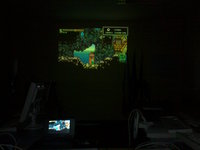peca
Active Member
@WizardStan: I checked by ohm-meter already and seems to be OK. I'll check again. Thank for a clue.
@Norl: Sorry, I don't know - maybe someone else could answer this.
@Norl: Sorry, I don't know - maybe someone else could answer this.
Last edited by a moderator:






